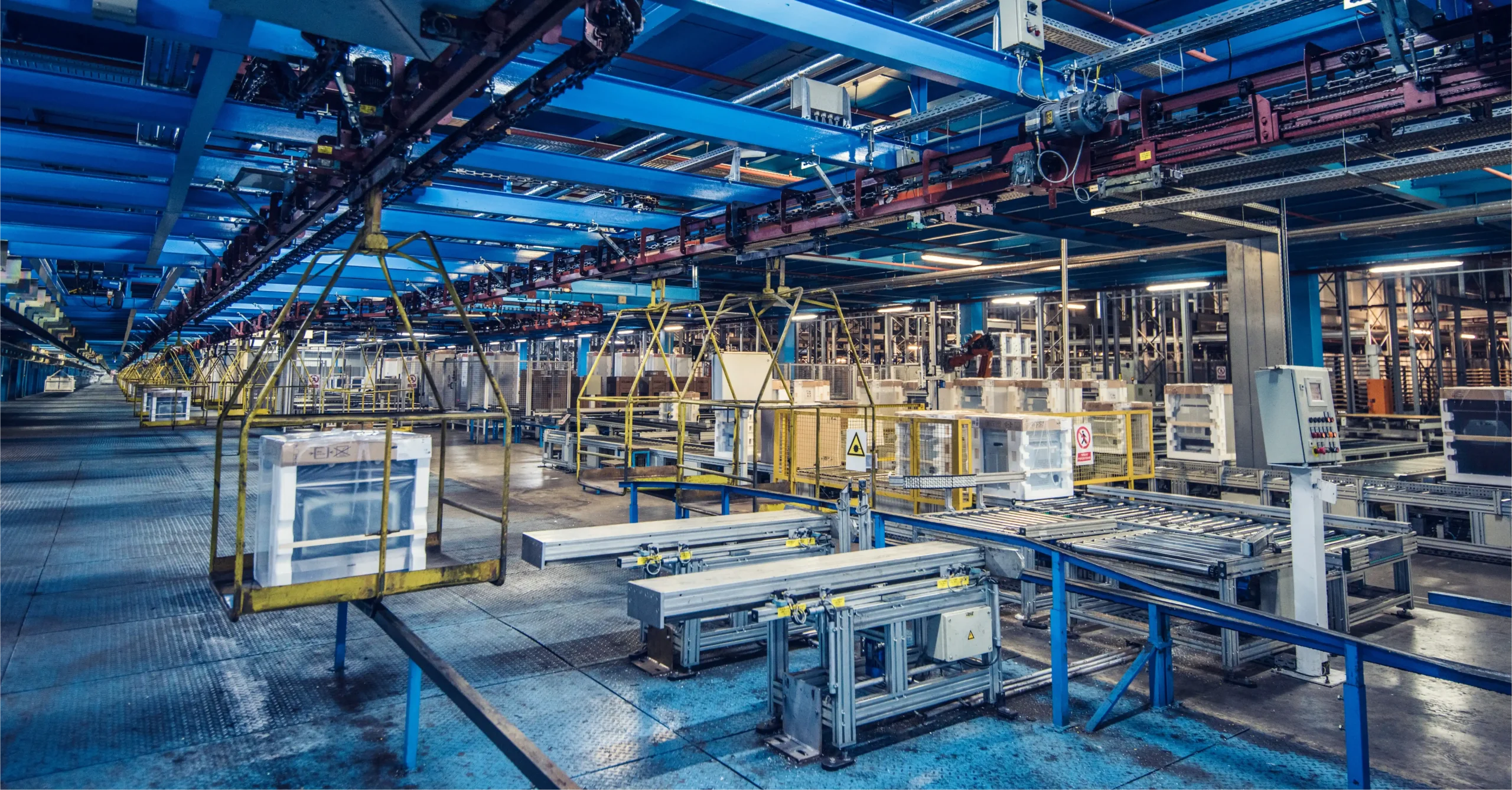Driving Innovation in the Manufacturing Industry

The manufacturing industry is at the intersection of both innovation and tradition. driven by technological advances as well as global competition and the ever-changing expectations of customers. Once dependent on traditional processes and rigid systems The industry is quickly embracing digital transformation in order to streamline operations, improve efficiency, and retain an edge in the market.
In today’s highly competitive economy the ability to change and implement cutting-edge technologies isn’t just a choice, it’s essential. Smart factories, predictive analytics and smart manufacturing. trend of the manufacturing industry towards modernization is changing the way that goods are made and distributed.
The Evolving Landscape of Manufacturing Industry
Modern manufacturing industry isn’t only about making goods at large scale. It’s about doing it effectively, sustainably, and with the focus on customer satisfaction and quality. The advent of Industry 4.0 has introduced a new wave of digital technologies which are transforming all aspects of production.
The combination with artificial intelligence (AI) and technology such as the Internet of Things (IoT) and cloud computing has led to “smart factories” where machines communicate with each other in real time, enabling tracking and data-driven decisions. These advancements aren’t just improving efficiency but are opening up new opportunities for the possibility of customization, flexibility and technological innovation.
Challenges in the Manufacturing Industry
Despite its growth the manufacturing industry is facing a number of problems that require immediate attention.
- Supply Chain Disruptions :- Globalization has created complex logistics chains, which are prone to disruptions as witnessed in the COVID-19 pandemic. To manage these challenges, you need advanced methods of planning and better transparency of the supply chain.
- Rising Costs and Competition :- The rising cost of energy, raw materials and labor, along with fierce competition in the global marketplace, require manufacturers to come up with innovative ways to reduce costs without sacrificing quality.
- Demand for Sustainability :- Both governments and consumers are pushing for more sustainable methods. The pursuit of sustainability goals while ensuring profitability is a major issue for many manufacturing companies.
- Labor Shortages :- While automation has reduced reliance for manual labour, the demand for skilled people to manage and operate advanced technology is a major problem.
Solutions for a Modern Manufacturing Industry Ecosystem
To meet these challenges manufacturers need to adopt an innovative approach, using innovative strategies to improve operations and maximize resources.
- Smart Factory Solutions :- Smart factories that are driven with IoT and AI can facilitate seamless interaction between machines and systems. This connectivity gives real-time information about production processes, which helps manufacturers to identify inefficiencies, decrease the time to repair and increase product quality.
- Predictive Maintenance :- Instead of just waiting around for equipment to malfunction Predictive maintenance makes use of IoT sensors, as well as AI to analyze equipment and predict possible problems. This proactive approach reduces downtime and lowers repair cost.
- Advanced ERP Systems :- Enterprise Resource Planning (ERP) Systems have become the core for modern production. By integrating inventory, production and finance chain operations onto one system, ERP systems provide a 360-degree overview of operations, which allows for better planning and resource allocation.
- Robotics and Automation :- Automation of processes by robotics (RPA) is changing the way we do things like packaging, assembly as well as quality assurance. Robotics guarantee precision and effectiveness particularly for routine or dangerous jobs, while freeing human workers to handle more difficult duties.
- Sustainability Initiatives :- From efficient production lines that use less energy to strategies for reducing waste Manufacturers are implementing more sustainable methods. Green energy, circular production models and carbon offset programs help businesses achieve sustainable goals and increasing their brand’s reputation.
The Role of Data Analytics in Manufacturing
Data has become the vital ingredient in modern manufacturing industry. The latest analytics and AI-driven insight can help manufacturers make better choices throughout the production process.
With the aid in the field of analytics data, companies can:
- Forecast the demand and improve inventory levels.
- Find bottlenecks and inefficiencies on manufacturing lines.
- Improve relationships with suppliers by better forecasting and communications.
- Increase customer satisfaction by offering customized solutions and products.
This approach based on data makes sure that manufacturers aren’t only reactive, but are also proactive in dealing with problems and taking advantage of opportunities.
The Future of Manufacturing
The concept of sustainability isn’t a sideline, it’s an important strategic goal. Customers are increasingly selecting brands that reflect their beliefs, and companies have to meet the demands by adopting eco-friendly methods.
From reducing energy use to adopting renewable materials, manufacturers are discovering innovative methods to reduce their carbon footprint. Modern technologies, such as digital twins that create virtual replicas of physical processes allow companies to test and improve sustainable practices prior to taking them into practice.
Preparing for the Future
Manufacturing industry future is on its capacity to stay fluid, agile and focused on the needs of customers. With the adoption of digital technology manufacturing companies can improve efficiency and improve the quality of their products and provide value to their customers.
But technology alone isn’t enough. A culture of continual learning, flexibility and collaboration are equally crucial. As the technology industry develops the partnerships with technology providers suppliers, as well as competitors will play an important part in determining its success.
Conclusion
The manufacturing industry is going through an exciting transformation, fueled by technology and the need to satisfy the ever-changing demands of customers. In the process of transforming factories into smart ones and implementing sustainable practices the manufacturing industry is changing its rules of engagement to survive in an increasingly competitive, digital-first world.
Through investing in the latest technologies, embracing strategies based on data and focusing on sustainability, businesses can create new opportunities to grow and excel. The road ahead is difficult but it is also full of promise–a future in which manufacturing industry is not only about producing but adding value by improving lives and constructing a sustainable future.




